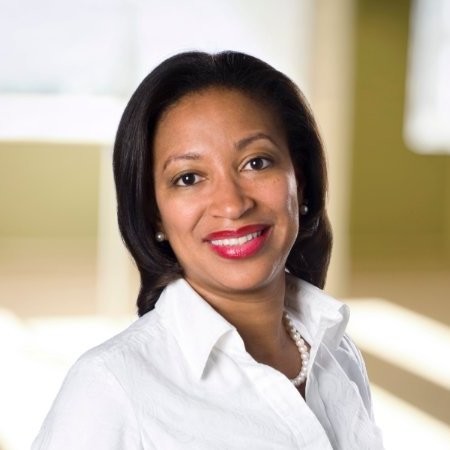Debbie Veney works as Director of Communications for NewSchools, a nonprofit venture philanthropy that invests in innovative education models with the goal of “reimagining learning,” particularly for underserved communities. NewSchools has a wide-ranging impact with its investments — supporting 470 new schools, 200 education ventures, and nearly 60 Education Technology companies in its 20 years. Prior to NewSchools, Veney held senior positions at The Education Trust, the Bill & Melinda Gates Foundation, the National Alliance for Public Charter Schools, and Communities in Schools.
BPR: What is NewSchools, and what makes it unique?
DV: NewSchools is a venture philanthropy, which means we raise philanthropic dollars from other donors and invest them, much like a venture capital fund, into education entrepreneurs, and into teams of educators who are looking to reimagine education. The difference between NewSchools and a traditional VC is that we measure our return on investment in terms of social good, rather than taking an equity stake in the organization we invest in. Most schools today operate in much the way schools did a hundred or more years ago, while the world around them has changed, so we really think there’s an important role for innovation in public education.
BPR: Can you give some examples of things NewSchools has invested in?
DV: We have three principal investment areas. The first is our innovative schools portfolio. With that portfolio, we invest in people who want to build, or create, or redesign a school. So what might that look like? There’s a school in Nashville called Valor Collegiate Academy we invested in, and it was developed with the idea of wrapping a rigorous academic curriculum around a strong emotional grounding for students. They have this thing called circle time, where students affirm themselves, talk about their issues, and just share in this really open environment that brings the whole child into this academic setting. The community is there to support and wrap around students so they’ve got this strong emotional undergirding that makes it easier for them to be able to focus academically.
Our second area of investment focus is on education technology, or EdTech. In that area, we look at the market, and try to determine where there’s an opportunity to fill a market gap. Some examples of areas we’ve invested in are middle and high school math — there’s lots of math tools on the market, but not a lot that are targeted specifically at middle and high schoolers.
Our third area of focus is with the pipeline of diverse leaders. We know that more than 50% of students in U.S. schools are students of color, but the number of educators of color is not matching well to that — and the numbers are even worse at a leadership level. We believe that there is value in investing in leaders, and we define those as school leaders, or board members at education non-profits, or superintendents. People in leadership who are people of color are able to bring their particular perspective on the world into educational settings, and those perspectives more closely mirror those of the students they serve.
BPR: What does NewSchools identify as some of the main problems in America’s education system?
DV: We probably wouldn’t use the word problem. We would say there’s opportunities to rethink the way that the learning experience happens so that students today are better prepared for the world that awaits them. We know that, for example, in the 1960s and 70s, it was not uncommon for a person to finish an undergraduate degree, enter a corporate setting, and finish their entire career at that one company. That does not happen anymore. Young people today are in the gig economy — they’re navigating for themselves, creating their own career paths, and they may work for multiple companies at the same time, may change their job every year or every other year. That’s a different set of soft skills than what kids have needed in the past.
BPR: What is NewSchools’ position on charter schools?
DV: Charter schools are definitely a part of the innovation. We would kind of flip that whole question around, and say that the real question is: what does a high-performing school look like? How can we have more of those? There are high-performing schools that exist in every structure. There are some that are within traditional school districts, some within public charter schools, and there are some low-performing schools in all those models too. So, it’s really a rather crude instrument to come at it and say there’s a governance model that’s always better, because it’s just not true. There are good and bad models in each governance structure, and what we’re into is doing more of what is serving students well. Where those opportunities are in the charter sector, then yes: we absolutely support that, and we should do more of it. Where those high-performing schools are in the traditional public system, then we support that as well.
